
Light Bulbs: The different colors of bulbs, warm white, cool white and more
Search
Main Article: Choosing the Right Light Bulb: Everything you Need to know
Understanding Color Temperature in Light Bulbs
Every light source emits light with a specific color, which can vary significantly depending on the type of bulb used. You may have encountered terms like “warm white” or “cool white” or "daylight" which refer to the "color temperature" of light bulbs.
What is Color Temperature?
Color temperature is a way to describe the colored appearance of light produced by a light source. It is measured in Kelvin (K) and reflects the hue of the light. The term "temperature" is similar to the idea of the temperature of heat. Just as different heat levels can produce different colors in flames, such as a cooler orange or a hot blue, varying "color temperatures" in light bulbs produce distinct hues in the light spectrum emitted.
A light bulb will have a color temperature rating, typically as a number and the letter "K". This means e.g. 2700K is 2700 "kelvin". The Kelvin scale is directly related to the physics of light. It reflects how light behaves when emitted from heated objects, making it a natural fit for describing the color of artificial light sources, such as bulbs and LEDs.
Lower Kelvin values (typically between 2700K to 3000K) indicate what we call warmer, yellowish light, while higher values (above 5000K) signify cooler, bluish light. Lower temperatures are more reddish, higher temperatures are more blueish or white. Think of it like this:
- Warm Light (2700K - 3000K): This light gives off a cozy, inviting atmosphere. It mimics the glow of traditional incandescent bulbs and is perfect for living rooms, bedrooms, and restaurants.
- Neutral Light (3500K - 4100K): This is a balanced light that falls between warm and cool. It's often used in workspaces, kitchens, and bathrooms where you want clarity without harshness.
- Cool Light (5000K - 6500K): This light resembles daylight and has a bluish hue. It’s ideal for places that require attention to detail, such as offices, workshops, and areas where accurate color perception is necessary.

The Color Temperature of Sunlight
Natural sunlight varies in color temperature throughout the day, generally ranging from about 2000K (reddish orange) during sunrise and sunset to about 6500K (blueish white) at noon when the sun is at its highest point. This means that midday sunlight provides a very bright, bluish-white light that can enhance visibility and contrast, while early morning and late afternoon light offers a softer, warmer glow.
Some light bulbs are designed to emulate natural sunlight (such as full-spectrum or natural-spectrum bulbs), particularly those labeled as "daylight" bulbs, which typically fall within the 5000K to 6500K range. However, not all bulbs can perfectly replicate the full spectrum of sunlight, leading to differences in how colors are perceived under artificial lighting compared to natural light.
How Different Bulb Materials Affect Color Output
Different light bulbs produce varying colors of light based on the materials and technologies used in their construction. For example, incandescent bulbs generate light by passing electricity through a thin filament, typically made of tungsten. This filament heats up and glows, producing warm, yellowish light. This means also it is generally not as "hot" as bulb producing whiter light. Halogen bulbs, a type of incandescent bulb, uses a gas mixture that allows the filament to burn hotter and brighter, resulting in a crisper, whiter light.
CFLs (Compact Fluorescent Lamps) and LEDs (Light Emitting Diodes) rely on different principles. CFLs contain a small amount of mercury vapor that emits ultraviolet light when electrified; this UV light then excites a phosphor coating inside the bulb, producing visible light in various color temperatures depending on the chemical makeup.
LEDs, on the other hand, produce light through a semiconductor material that emits photons when an electric current passes through it. The color of light emitted by LEDs can be adjusted by altering the materials used in the semiconductor, somewhat like filtering white light through stained glass, allowing for a broad spectrum of color temperatures. This diversity in bulb materials and technologies leads to the various color outputs you see in different types of light bulbs.
Types of Light Bulbs and Their Color Temperatures
1. Incandescent Bulbs
Color Temperature Range: 2700K - 3000K (Warm White)
Incandescent bulbs are the traditional bulbs that have been around for over a century. They produce a warm, inviting light and are often used in homes to create a comfortable atmosphere. The warm light enhances skin tones and creates a cozy feel, making them ideal for living spaces and dining areas.
- Benefits: Instant on with no warm-up time. Excellent for creating a relaxed, comfortable environment.
- Drawbacks: They are less energy-efficient compared to newer technologies and have a shorter lifespan. The color is very yellow and could be considered unnatural, since objects may not appear in their true colors.
2. Halogen Bulbs
Color Temperature Range: 3000K - 3200K (Bright White)
Halogen bulbs are a type of incandescent bulb but are more efficient and brighter. They emit a crisp, white light that closely resembles natural daylight. This makes them popular for task lighting, such as in kitchens and workspaces.
- Benefits: Bright, white light enhances visibility and color clarity. Dimmable options are available, allowing for mood adjustments.
- Drawbacks: They can produce more heat, which may not be ideal in warmer climates.
3. Xenon Bulbs
Color Temperature Range: 2900K - 3500K (Warm White to Neutral White)
Xenon bulbs are often used in applications where high-quality light is needed, such as in display cases and accent lighting. They emit a bright, white light and have a longer lifespan than standard incandescent bulbs.
- Benefits: Longer lifespan than traditional incandescent bulbs. Good color rendering and a bright light output.
- Drawbacks: Higher cost compared to incandescent and halogen options.
4. LED Bulbs
Color Temperature Range: 2700K - 6500K (Warm White to Cool Daylight)
LEDs are known for their energy efficiency and versatility. They come in a wide range of color temperatures, making them suitable for almost any application. From warm, cozy living spaces to cool, energizing work areas.
- Benefits: Energy-efficient with a long lifespan. Available in various color temperatures to suit different needs.
- Drawbacks: Some lower-quality LEDs may emit harsh light or have a limited color range.
5. CFL Bulbs
Color Temperature Range: 2700K - 6500K (Warm White to Cool Daylight)
Compact Fluorescent Lamps (CFLs) are a more energy-efficient alternative to incandescent bulbs. They typically provide a warm light, but many models are available in cooler color temperatures.
- Benefits: Energy-efficient and longer-lasting than incandescent bulbs. Available in multiple color temperatures.
- Drawbacks: May take time to reach full brightness. Contains a small amount of mercury, which requires careful disposal.
Comparing Color Temperatures and Their Effects
The Atmosphere of a Room
The color temperature of a light bulb can significantly affect the ambiance of a room. For instance:
- Warm Light (2700K - 3000K): Ideal for living rooms and bedrooms, creating a relaxing and inviting atmosphere.
- Cool Light (5000K - 6500K): Perfect for offices and workshops, promoting alertness and focus.
Visibility and Contrast
Color temperature also impacts visibility and contrast within a space:
- Warm Light: While it can make colors appear more vibrant, it may also reduce visibility in detailed tasks, making it less ideal for reading or intricate work.
- Cool Light: Enhances visibility and contrast, making it easier to see details, which is crucial for activities like reading, crafting, or any tasks that require precision.
Reading Comfort
When it comes to reading, the color temperature of your light matters:
- Warm Light: More relaxing, great for winding down but may cause eye strain during extended reading periods.
- Cool Light: Less likely to cause eye fatigue, making it ideal for longer reading sessions. Colors are more natural and contrast is enhanced, allowing the eyes to relax more and read easily.
Choosing the Right Color Temperature for Your Space
Selecting the appropriate color temperature for different rooms can enhance both their functionality and aesthetics:
- Living Rooms: Warm light (2700K - 3000K) creates a cozy and inviting atmosphere.
- Bedrooms: Warm light (2700K - 3000K) promotes relaxation and a calming environment.
- Kitchens: Neutral to cool light (3500K - 4100K) aids in food preparation and creates an energetic vibe.
- Bathrooms: Neutral light (3000K - 4000K) provides clarity for grooming tasks and reflects skin tones accurately.
- Home Offices: Cool light (5000K - 6500K) promotes alertness and productivity.
- Dining Rooms: Warm light (2700K - 3000K) enhances the dining experience and the appearance of food.
- Hallways and Stairwells: Neutral light (3000K - 4100K) ensures safety and visibility in transitional spaces.
The Perceived Color of Light in a Room
Choosing the right color temperature for your light bulbs can greatly influence the atmosphere of your home. Warmer temperatures are great for creating cozy, inviting spaces, while cooler temperatures enhance visibility and focus. However, it's important to note that the light output from a bulb does not solely determine how colors will appear in a room.
The colors of the objects in the space and how they interact with the light can significantly affect the overall look and feel. For instance, a warm light might make a room feel more inviting, but it could also change how the colors of your walls or furniture appear. Therefore, when selecting light bulbs, consider both the light's color temperature and how it will work with the colors and materials in your space to create the desired effect.
For example if there is a red object in a room, a warm colored bulb will reflect warm tones from the object and make it appear redder. But if the object is blue, which means that it absorbs red light instead of reflecting it, the lack of blues in the light color will make the blue object look an odd darker color. A cool blue light would bring out the blues in the blue object but red objects might look unnatural.
The ideal is a broader-spectrum light ("full spectrum"), which includes light frequencies in a wide range of tones, closer to white light, which allows furniture and decor to appear in its more natural coloring regardless of the bulb. A natural daylight type of spectrum with a high color-rendering index (CRI) can cover a wide range of colors and allow all colors of objects to be well represented. A high color-rendering index for example may be essential for painting, crafts and other activities where accurate colors are important.
Learn more about Light Bulbs
The different types of light bulb technologies
Choosing the right light bulb base for the socket
How to safely screw in various kinds of light bulbs
The different shapes of light bulbs
Smart Bulbs, their benefits and features
How to find the brightness of a light bulb
The different colors of bulbs, warm white, cool white and more
What are Full Spectrum and Natural Daylight bulbs?
What is Color Rendering Index (CRI), and why does it matter
How to avoid glare and harsh light
Wattage, what is it and does it matter?
When light bulbs get hot take safety precautions
How long do they last and when will they need replacing
How much do they really cost to run?
Explore Topics

Table of Contents
Light Bulbs: The different colors of bulbs, warm white, cool white and moreUnderstanding Color Temperature in Light BulbsWhat is Color Temperature?Types of Light Bulbs and Their Color TemperaturesComparing Color Temperatures and Their EffectsChoosing the Right Color Temperature for Your SpaceThe Perceived Color of Light in a RoomLearn more about Light BulbsCommentsShopping Ideas
Trending
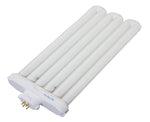
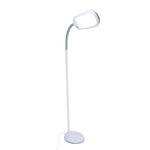

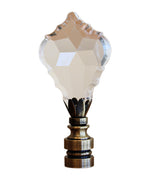

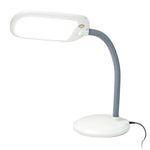




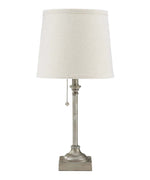


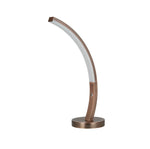
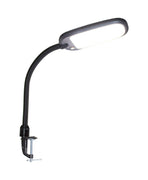


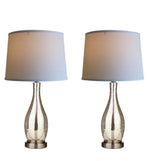
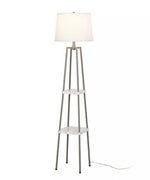










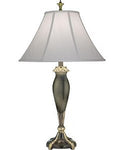

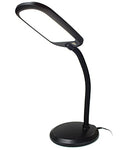


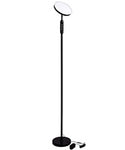

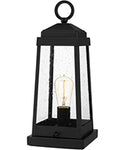
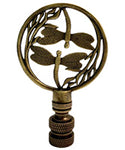
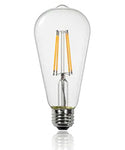
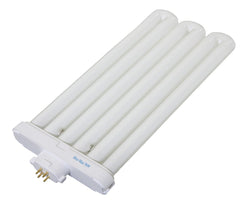
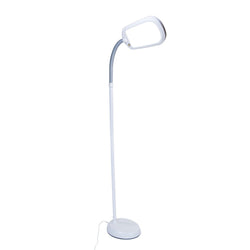
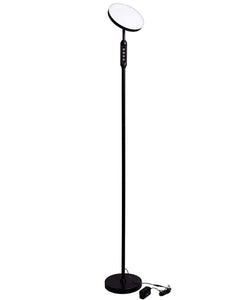
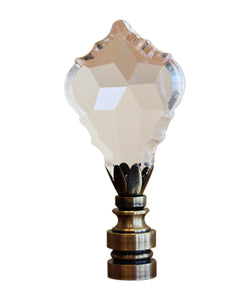
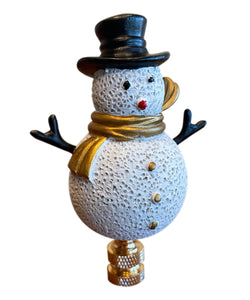

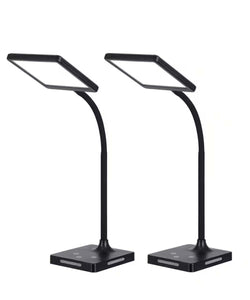

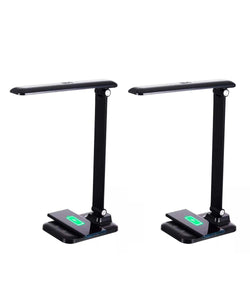


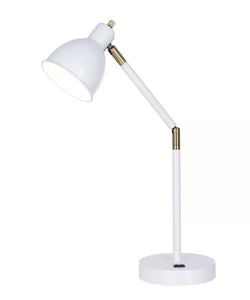
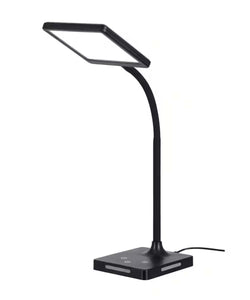

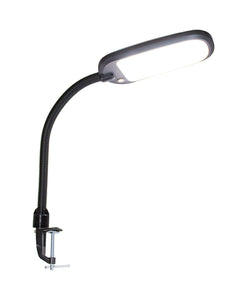

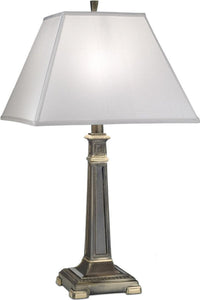

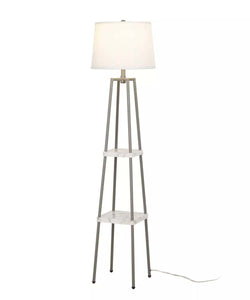
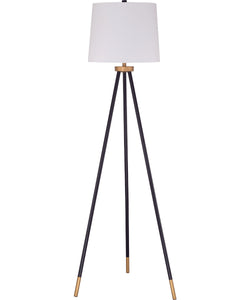
Comments